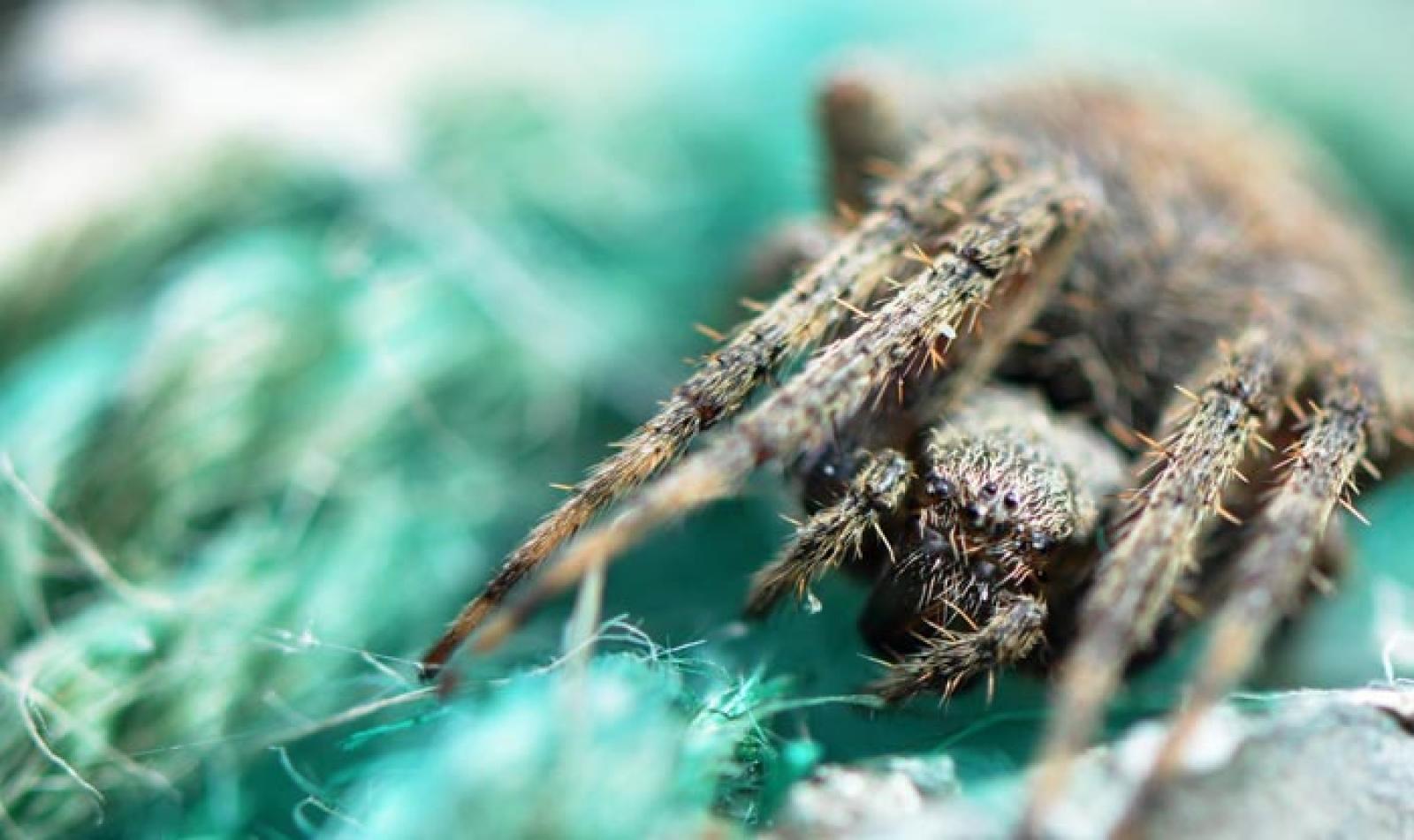There was a lot riding on my identification of an eight-legged denizen of the dark. For the dead brown spider found in an Oak Bluff’s residence, my opinion didn’t matter at all, but the homeowner on the phone was very concerned. Her carpenter had killed the spider, insisting that it was a brown recluse, and she wanted proof positive. Did she have a riot of recluses in her abode or a simple settlement of safe spiders?
It was unlikely to be the former, I told her, since brown recluse spiders are generally a more southern species; and while it is possible that one hitchhiked here on a plant or in a package, its presence on the Vineyard (though oft reported) is unlikely. My cursory answer didn’t seem to persuade her, so I suggested she bring in the specimen and I would examine it for confirmation.
While I am no arachnologist, identifying spiders is not as difficult as one might think. With spiders, the eyes have it: the number and patterns of eyes can help determine the spider’s family group. Recognizing brown recluse spiders can be as easy as one, two, three (four, five, six).
Almost 99 per cent of spiders have eight eyes, with the other one per cent having six, four, two, or even no eyes (as in the case of cave-dwelling species). Spiders always have an even number of eyes. For a recluse, six is the magic eye number, with three groups of two eyes in a convex line.
With my tweezers and a microscope, I could see that the spider in question had eight eyes, so it was conclusively not a recluse. With the observed pattern of two rows of eyes, it was probably a nursery web spider. The resident was relieved; that extra set was truly a sight for sore eyes.
I, however, was fascinated and couldn’t take my eyes of off all of the unique arrangements and qualities of spider eyes. Most of us know that spiders are arachnids and are different from insects. The most obvious distinctions are number of legs and body parts. The eyes of both of these groups also differ. Arachnids have simple, fixed eyes with one lens for each eye, while insects have compound eyes that can have many. The differences between the distinct groups and the more similar spider families revolve around function. Spiders that are web spinners use their sense of vibration, motion detection, and smell to hunt prey, so may have less acute vision. Others that come out at night are likely to have even poorer vision, and those that never see light are nearly blind.
Hunting spiders, such as jumping spiders and wolf spiders, have very keen eyesight as they have to find their prey without the help of those sensitive webs. Jumping spiders have exceptional vision, with acuity 10 times that of the dragonfly, which is known for having the best vision in the insect world. Those jumping spiders’ vision is only five times less perceptive than our own.
Seeing is believing, so next time a spider comes your way, look for its peepers. Even if a close-up isn’t easy on the eye, remember that beauty is in the eye of the beholder.
Suzan Bellincampi is director of the Felix Neck Wildlife Sanctuary in Edgartown, and author of Martha’s Vineyard: A Field Guide to Island Nature.




Comments (2)
Comments
Comment policy »